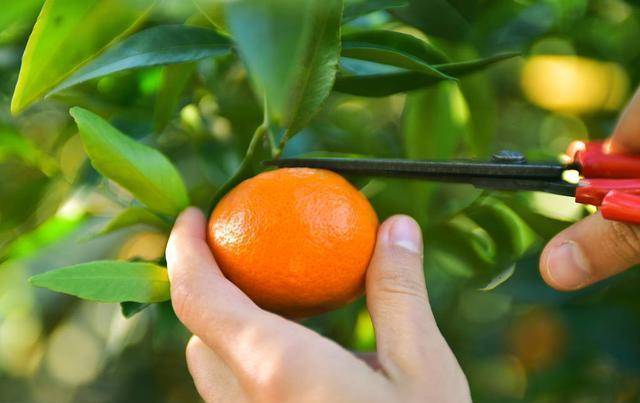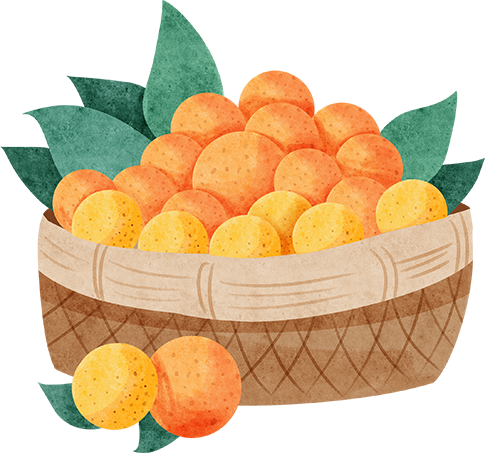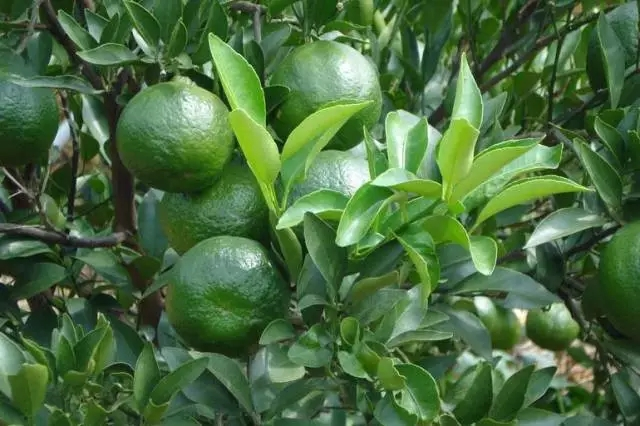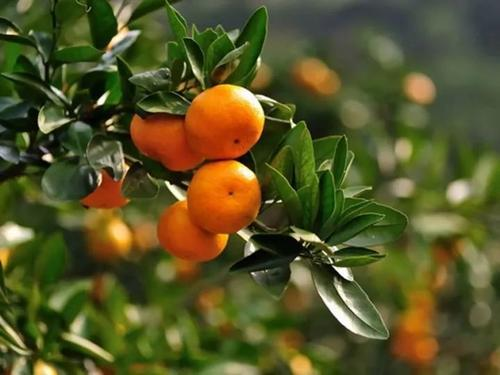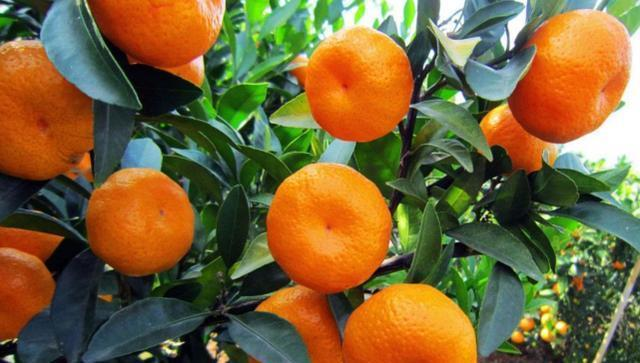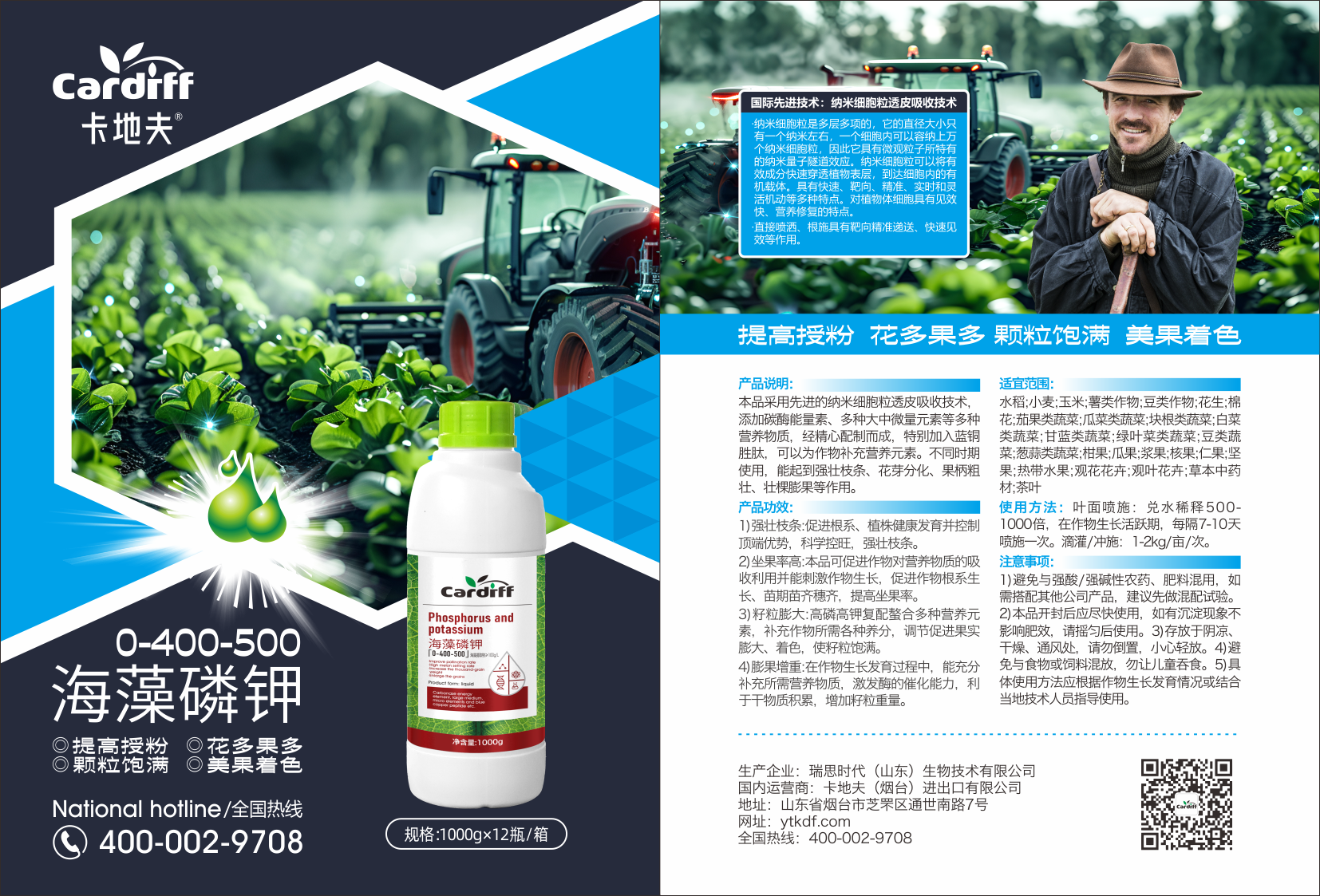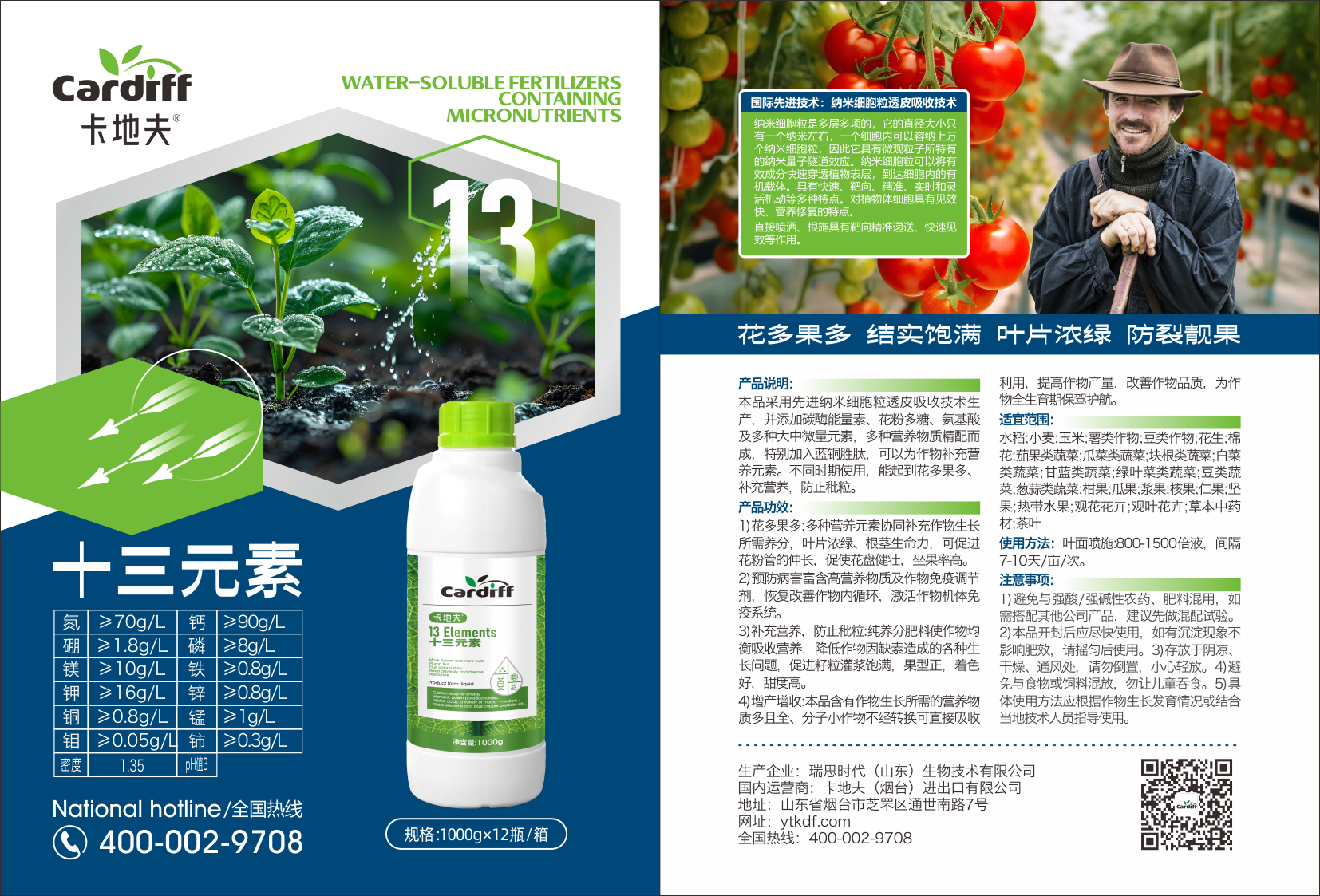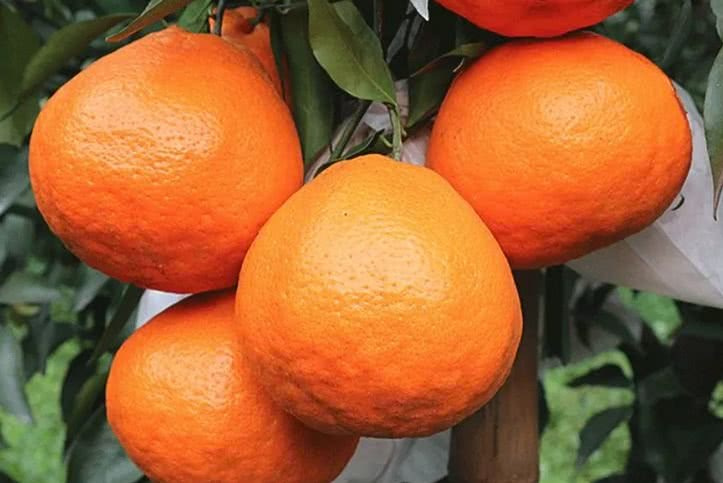The color transition and sugar accumulation in citrus fruits are key indicators of their quality and maturity, directly influencing appearance and taste while also affecting the commercial value of the fruit. To achieve high-quality and high-yield production, it is essential to systematically understand the underlying mechanisms and implement scientific measures through three aspects: cultivation management, nutrient regulation, and environmental intervention. The following will provide a detailed analysis of the relevant principles and practical methods, offering valuable references for growers.
Ⅰ. The Internal Mechanism of Citrus Color Transition
The color change of fruits is primarily determined by the pigment composition and content in the peel cells, and the process can be divided into two key stages:
1. Chlorophyll degradation: the fading of green
Immature citrus fruits appear green due to their high chlorophyll content. As the fruits mature, chlorophyll synthesis is inhibited and gradually decomposed under the regulation of internal hormones, particularly ethylene. When temperatures drop below 15°C, this process accelerates significantly, causing the green color of the fruit peel to gradually fade.
2. Carotenoid Accumulation: The Color Development Process
As chlorophyll fades, carotenoids begin to synthesize and accumulate, causing the fruit to turn yellow, orange, or even red. For instance, beta-carotene produces orange hues, lutein yields yellow, and lycopene gives red-fleshed varieties their red color. It should be noted that, apart from a few varieties like blood oranges that can synthesize anthocyanins at low temperatures, the coloration of most citrus fruits is primarily determined by carotenoids.
Key factors affecting color transition:
Hormonal regulation: Ethylene and abscisic acid (ABA) promote ripening, while gibberellin (GA) and auxin (IAA) have inhibitory effects.
Environmental conditions: Low temperature is the primary environmental signal for initiating coloration; moderate light exposure aids in pigment synthesis, but sun scorching must be prevented.
Water Management: Appropriate water control can induce mild water stress, promoting pigment formation and sugar accumulation.
II. Physiological Basis of Sugar Accumulation and Acid Reduction
The formation of sweet taste in citrus fruits relies on the synergistic effect of sugar accumulation and organic acid degradation
1. Sources and Transport of Sugars
The leaves are the primary organs responsible for synthesizing carbohydrates, and the sucrose produced is transported to the fruits via the phloem. During the ripening stage, the fruits themselves exhibit very weak photosynthetic capacity and primarily rely on the photosynthetic products supplied by the leaves. Additionally, the early-stored starch is also converted into soluble sugars through enzymatic action.
2. The Mechanism of Acid Decrease
Citric acid accounts for 80%–90% of the total organic acids in citrus fruits. As the fruit ripens, the decline in acidity is attributed to the following reasons:
- The acid dilution effect caused by cell expansion;
- Citric acid is consumed as a respiratory substrate;
- Some acids are converted into sugars or combine with ions such as potassium and calcium to form salts.
Key conditions affecting sugar-acid balance:
Leaf Health: Functional leaves are the "factories" for sugar synthesis, and maintaining healthy leaves is the foundation for increasing sweetness.
Light and temperature conditions: Adequate sunlight enhances photosynthetic efficiency, while a significant day-night temperature difference reduces nighttime respiration, promoting sugar accumulation.
Nutrient coordination: Phosphorus is involved in energy metabolism, potassium facilitates sugar transport, while excessive nitrogen can lead to vigorous vegetative growth, competing with fruits for sugars.
Ⅲ. Synergistic Relationship Between Color Change and Sweetness Enhancement
Although color change and sugar accumulation are distinct physiological processes, both are regulated by the same environmental and hormonal signals
- Ethylene and low temperature simultaneously promote pigment synthesis and sugar accumulation;
The photosynthetic products manufactured by the leaves not only provide raw materials for sweetness enhancement but also supply energy and carbon skeletons for pigment synthesis;
Cultivation measures such as water control and potassium supplementation can simultaneously improve color and sweetness.
IV. Comprehensive Measures for Systematic Improvement of Citrus Quality
1. Cultivation and Management Measures
Scientific Water Control
During the middle and late stages of fruit ripening, maintain the soil in a "moist but not wet" state, allowing the leaves to exhibit slight wilting at noon and recover by evening. Moderate water stress can inhibit the growth of autumn shoots, promote the allocation of photosynthetic products to the fruits, and enhance the sugar concentration in the juice.
Improve lighting conditions
By thinning out dense, overgrown, and diseased branches, the tree's light penetration is enhanced. For branches with heavy fruit loads, support or suspension is applied to prevent mutual shading. Laying reflective film can effectively increase light intensity on the middle and lower parts of the canopy, promoting uniform coloring of the fruit.
2. Fertilizer Management Strategies
Prioritize potash fertilizer, control nitrogen fertilizer
Potassium is recognized as a "quality element" that promotes sugar transport and pigment synthesis. It is recommended to apply high-potassium water-soluble fertilizers, such as Cardiff-Seaweed Phosphorus-Potassium, through foliar sprays or root topdressing during the fruit expansion to color transition stage. Additionally, strictly control nitrogen fertilizer application in the later stages to prevent excessive leaf growth and delayed ripening.


